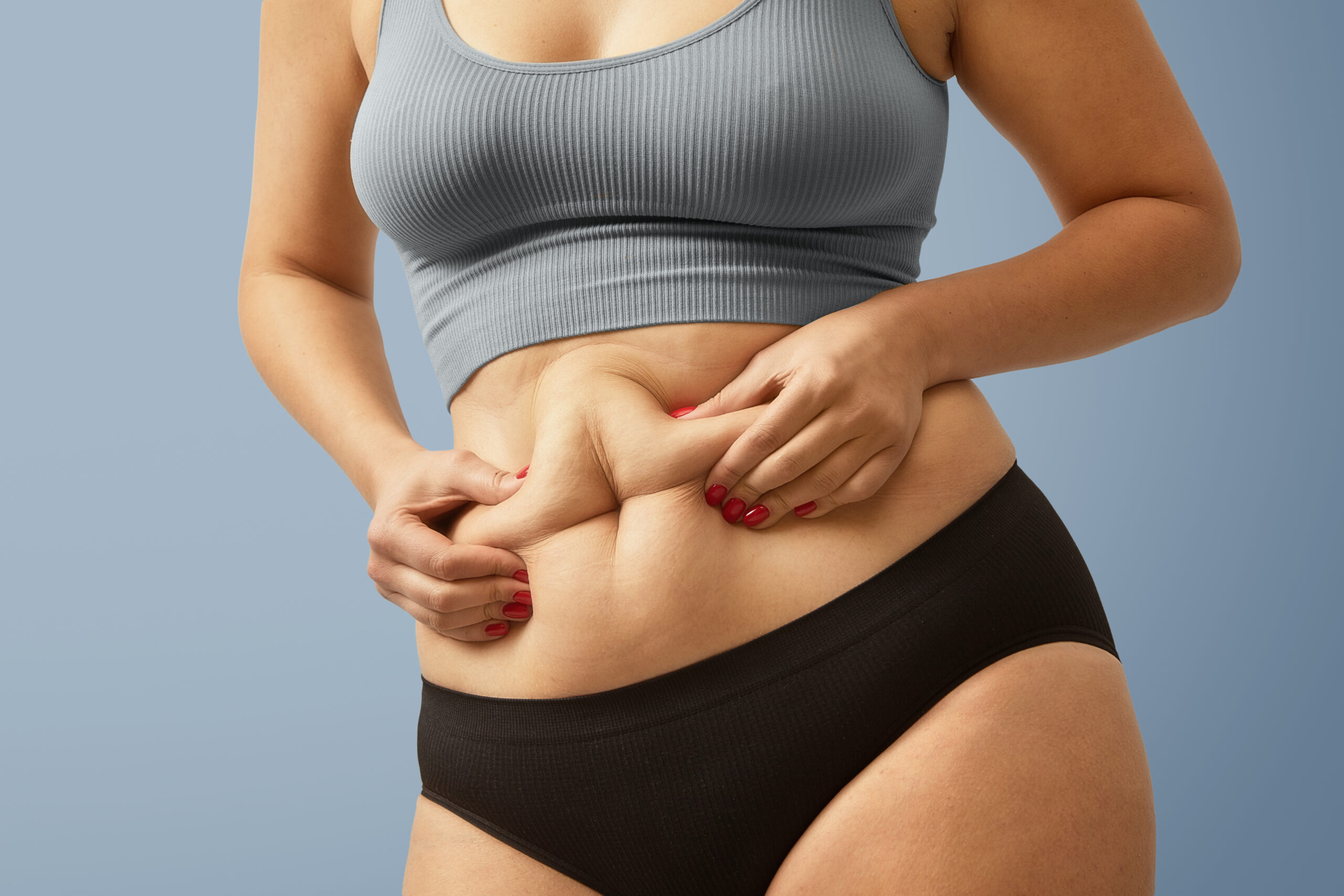Liposuction is a popular cosmetic procedure which is used to remove fat that is resistant to diet and exercise in order to contour the body. Even though liposuction can produce life-changing benefits, many people are curious about how much fat can be safely removed. The answer is dependent on a number of factors, including the surgeon’s technique, the area being treated, and the patient’s general health.
This article will discuss how to ensure the most effective and safest results, what to expect from the surgery, and the safe limitations of fat removal.
What is Liposuction?
Liposuction is a cosmetic surgery technique that removes fat from specific areas to improve the body’s shape and contour. Surgeons typically target stubborn fat in the abdomen, thighs, arms, sides, and chin—areas where diet and exercise often fall short. During the procedure, a surgeon inserts a tiny, hollow tube called a cannula to break up fat cells and suction them out of the body.
Although liposuction is not a weight-loss method, it can help individuals achieve a more sculpted and defined appearance. The results are especially impressive in areas where fat is difficult to eliminate.
During liposuction, how much fat can be removed?
The safe limit is five liters, or about eleven pounds.
Most plastic surgeons recommend removing no more than 5 liters (about 11 pounds) of fat in a single session. Staying within this limit reduces the risk of complications such as excessive blood loss, fluid imbalance, or infection. This approach helps ensure a safer procedure.
Factors Affecting Safe Fat Removal
There are several factors that impact on the amount of fat that can be safely removed, including:
- Overall health of the patient
The important factors include your age, medical history, BMI (body mass index), and your heart’s condition. To lower the risk of surgery, patients with underlying health issues in order to lower the risk of surgery.
- Number of area treated
Surgeons may treat several body parts in a single session, carefully distributing fat removal throughout the body, but they may restrict the volume per body area to prevent harm.
- Skin elasticity
Your body appearance after liposuction is significantly affected by the flexibility of the skin. It describes the skin capacity to expand and then regain its natural form. The skin needs to tighten around the new contours once the fat has been removed.
Your skin will retract smoothly if it has high elasticity, giving you a toned and natural-looking appearance.
What Happens to the Body After Liposuction?
After treatment, patient’s can feel:
Recovery:
- A few weeks of mild bruising, swelling, and pain
- Wearing compression clothing for four to six weeks
- In a few days, light activities can resume.
- Usually, it takes four to six weeks to fully recover.
Results:
- After the swelling goes down (4–6 weeks), there is a noticeable improvement.
- Final outcomes in three to six months
- Results may last for many years if they are maintained.
Conclusion:
The safest and most successful liposuction aims to strategically remove fat for a natural appearance, rather than eliminating as much fat as possible, but it’s normal to want the best results.
If you want to get more information, then please visit at Aestheticure. Our best expertise and experienced surgeons will provide you with the best treatment and proper care and also they will guide you through the procedure, provide you with thoughtful, honest answers to all of your questions. For more information or to schedule a consultation, feel free to Contact Us!







